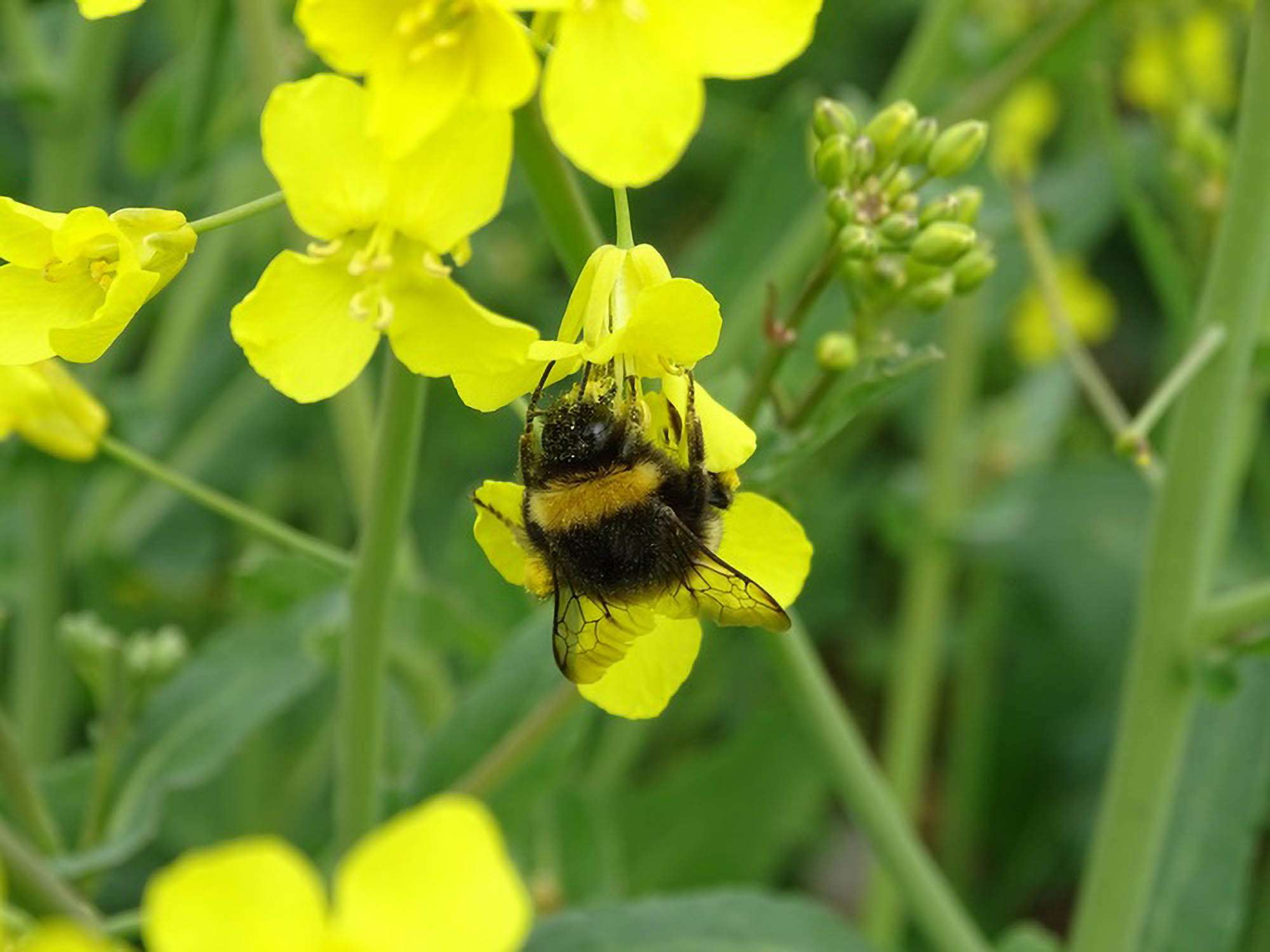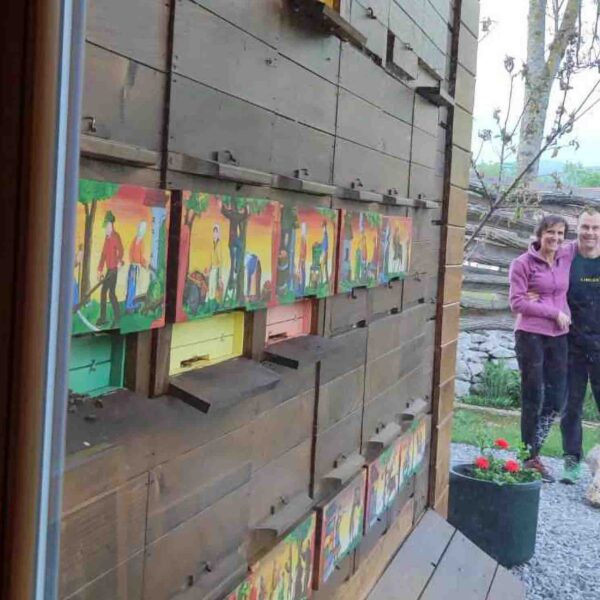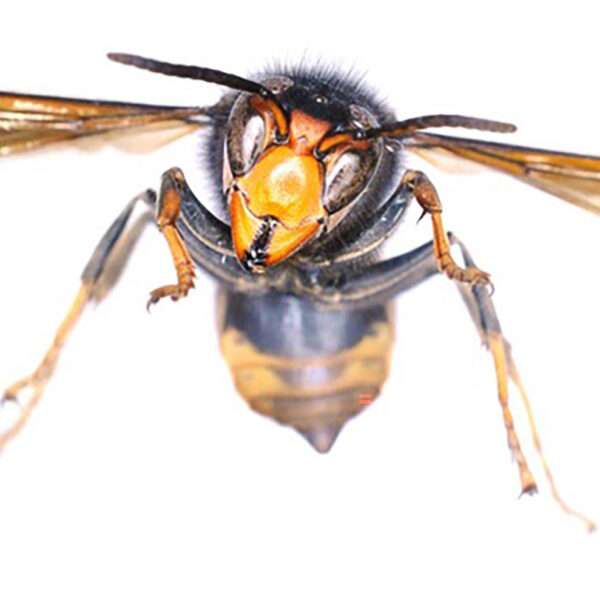An undomesticated pollinator species keeps nutrition for its offspring in chambers consisting of a substance known for its role in fermented food like yoghurt, researchers in the United States have found.
Experts at the University of California (UC) investigating the behaviour of the Colletes inaequalis – a ground-nesting species also known as the plasterer bee – determined that its microbiome is one of the most fermentative of all the insects in the world.
The solitary insect – which is native to North America – was found to manage brood cells. These structures contain liquid food rich in lactobacilli bacteria which also exists in human nutrition such as yoghurt, sourdough bread and sauerkraut.

These food provisions are believed to play an important role as a source of nutrients for the plasterer bee’s developing larvae.
Tobin Hammer – who is an assistant professor of ecology and evolutionary biology at the UC in Irvine – is the lead author of the study which has been published in the Frontiers in Microbiology magazine.
Prof Hammer said: “It was intriguing to find that cellophane bees use a strategy called ‘spontaneous fermentation’ which is how certain fermented foods like sauerkraut are made.”
He explained: “Rather than passing on starter cultures from generation to generation, they use wild strains of lactobacilli that are ubiquitous in flowers.”
According to Prof Hammer, his team’s findings suggest that fermentation-based symbioses could evolve without domestication.
He said: “What makes these bees special is that they have figured out how to create a favourable environment in which lactobacilli can grow really well.”
Prof Hammer pointed out: “This discovery is quite remarkable. We know that lactobacilli are important for the fermentation of food. But finding wild bees that use them essentially the same way was really surprising.”
The ecologist concluded: “Most of the 20,000 species of bees get their nutrition from nectar and pollen, but for these cellophane bees, we suspect that lactobacilli are also really important. They have effectively evolved from herbivores into omnivores.”











